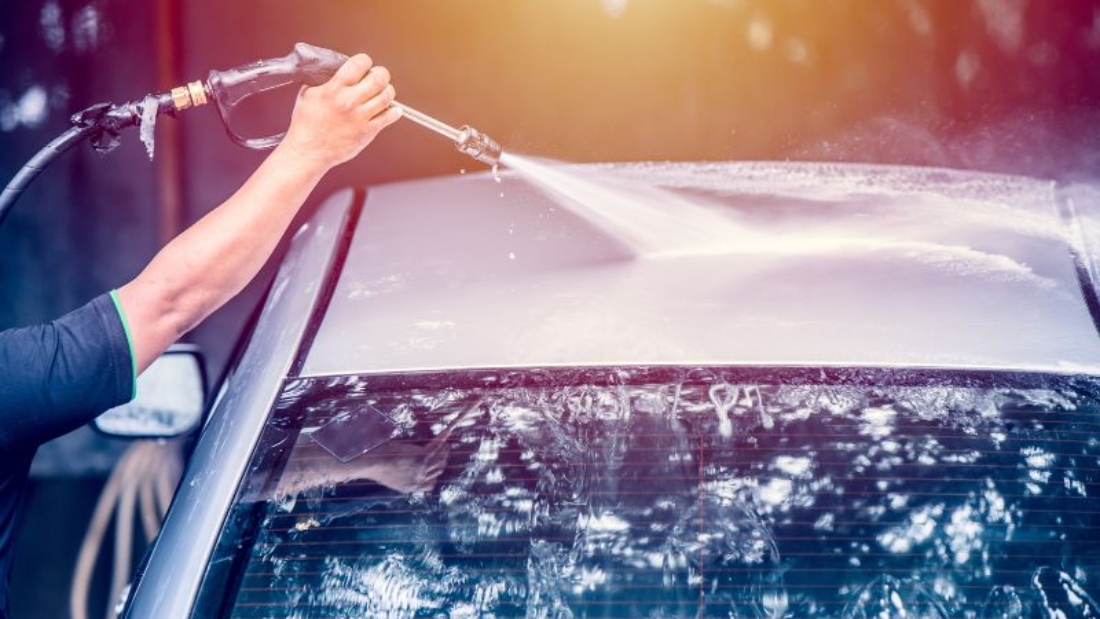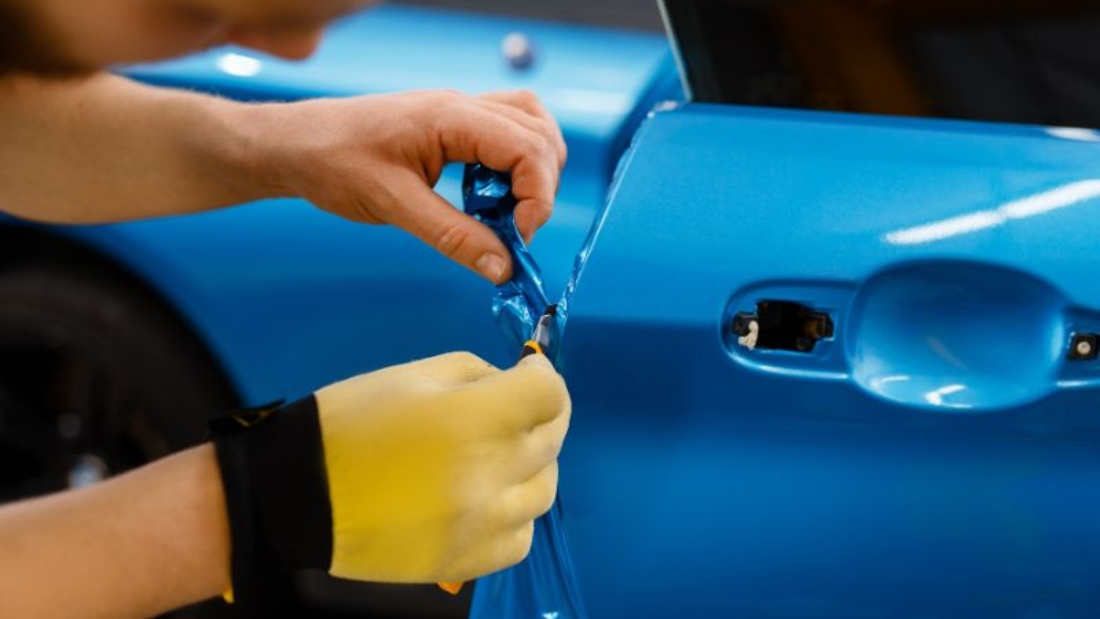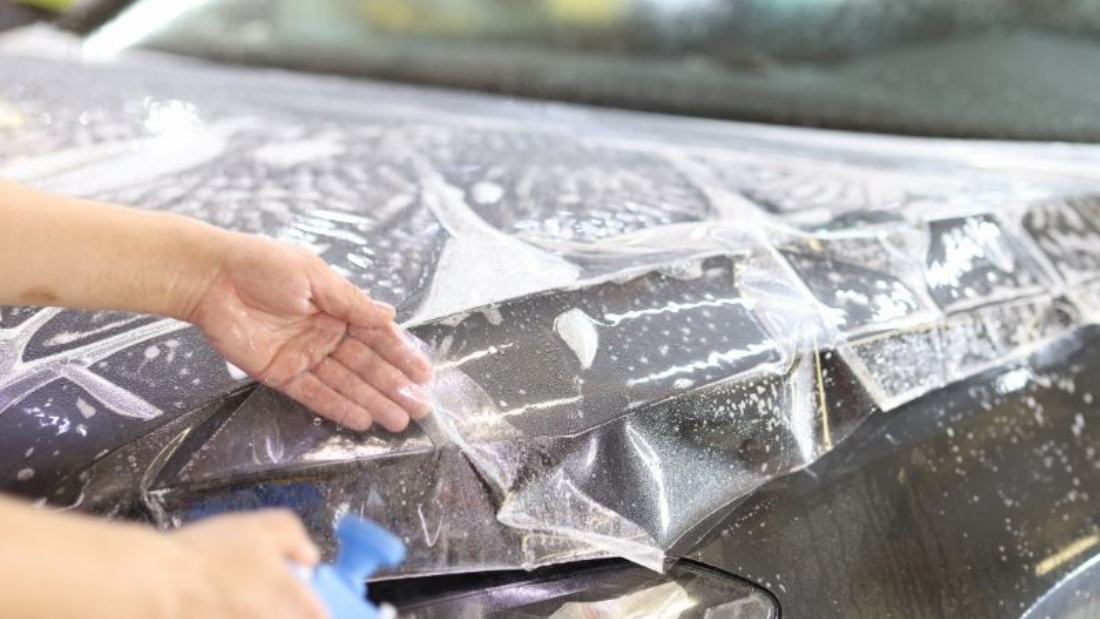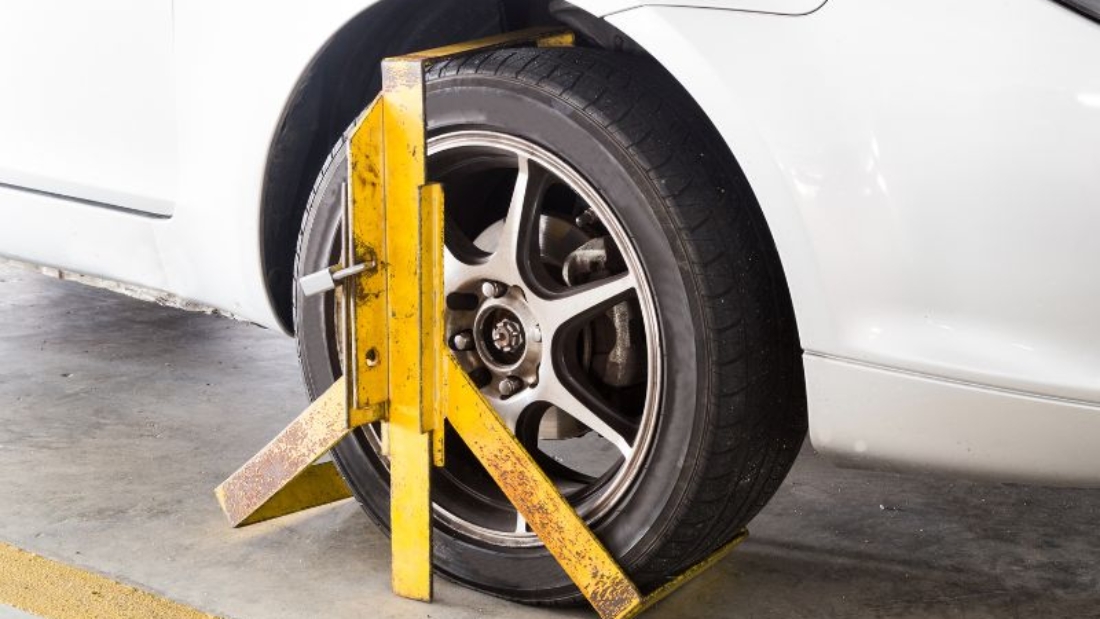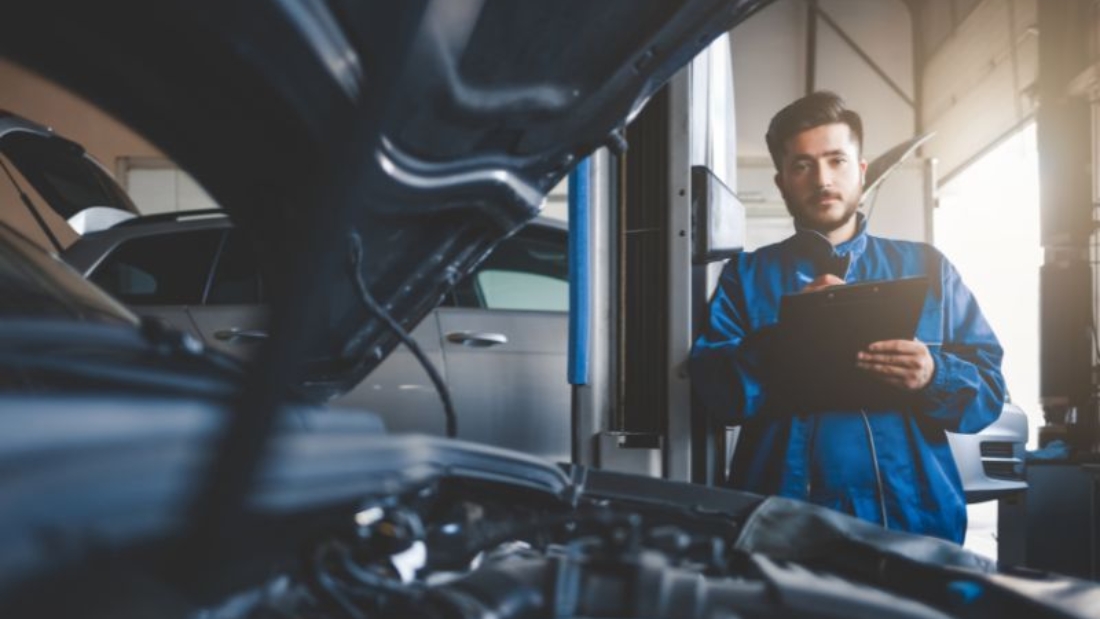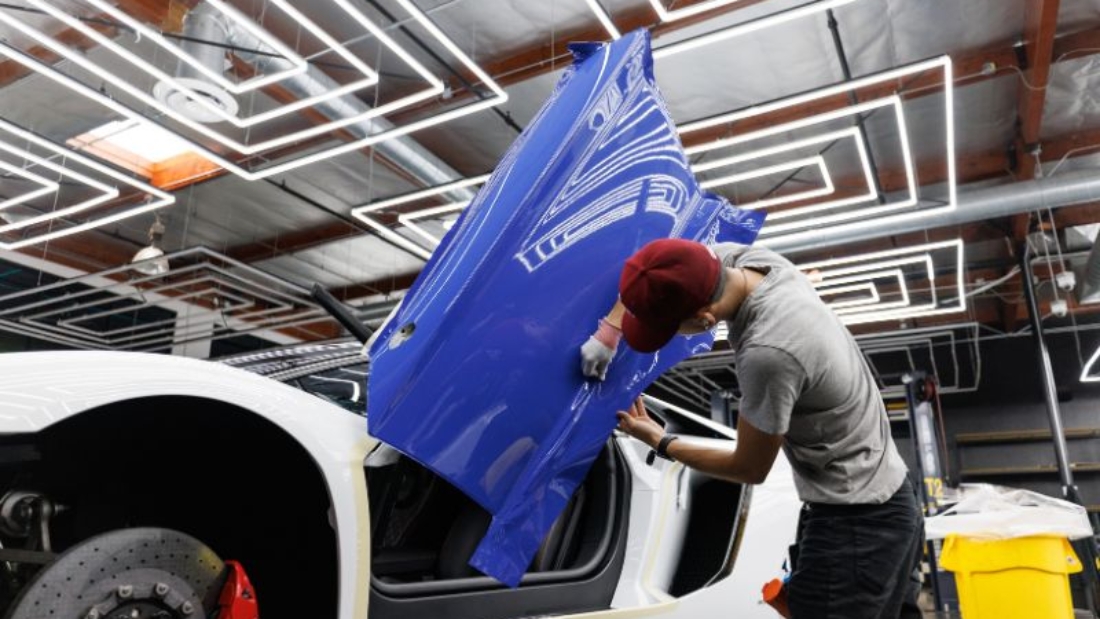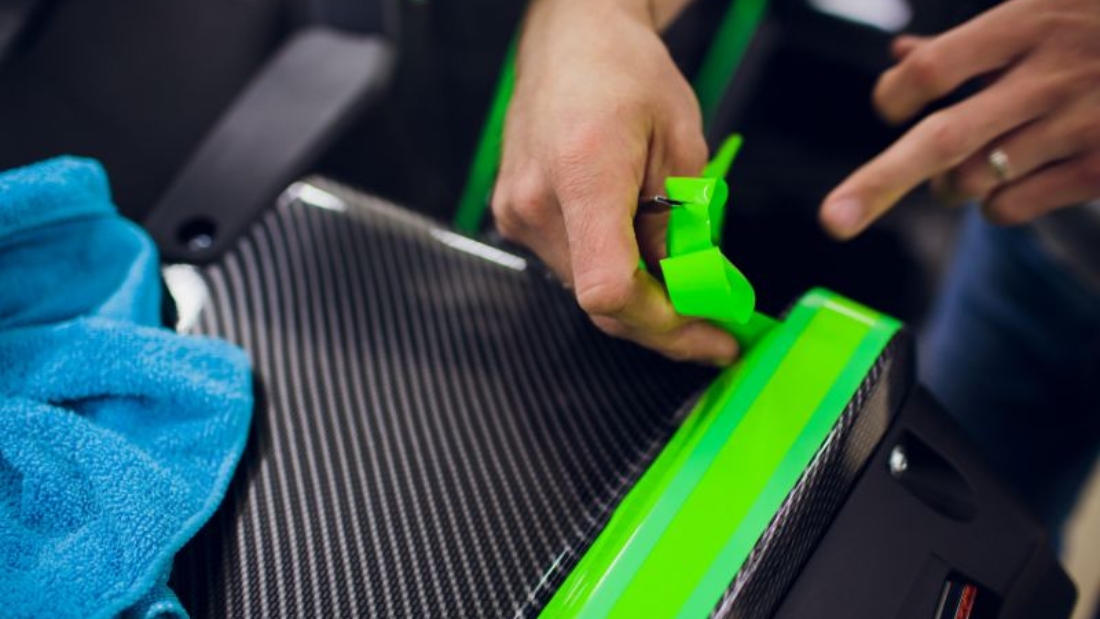When it comes to personalizing your vehicle, car wraps offer an excellent way to express your unique style and make a statement on the road. Car wraps are vinyl coverings that can completely transform the appearance of your car, giving it a fresh and eye-catching look. Whether you want to add a touch of elegance or show off your adventurous side, choosing the perfect car wrap design and color is crucial. In this article, we will guide you through the process of selecting the ideal car wrap that suits your style and preferences.
Understand Your Preferences
Assess Your Style and Personality
Before diving into the plethora of car wrapping options available, take some time to evaluate your style and personality. Are you someone who prefers bold and vibrant colors, or do you lean towards subtle and sophisticated designs? Understanding your preferences will narrow down your choices and make the selection process more manageable.
Consider Your Car’s Body Style
The design and color of the car wrap should complement the body style of your vehicle. Take note of its contours, curves, and lines, as the right choice of wrap can accentuate the car’s features and create a harmonious overall look.
Research Design Trends
Explore Popular Design Themes
The world of car wraps is constantly evolving with new design trends emerging regularly. Browse through car wrap galleries, automotive magazines, and social media platforms to stay updated on the latest design themes. You might find inspiration from classic patterns, abstract art, nature-inspired motifs, or futuristic elements.
Seek Professional Advice
If you find yourself overwhelmed with the multitude of design options, don’t hesitate to seek advice from professional car wrap designers. They can provide valuable insights and recommendations based on your preferences and the type of vehicle you own.
Test Colors and Visualize Designs
Get Samples of Different Colors
Colors can appear differently under various lighting conditions. Request samples of different vinyl wrap colors from suppliers to see how they look on your car during the day and at night. This will help you make a more informed decision on the final color choice.
Use Visualization Tools
Many car wrap companies offer visualization tools that allow you to see how specific designs will look on your vehicle. Take advantage of these tools to get a virtual preview of the wrap and make adjustments as needed.
Quality and Durability
Invest in High-Quality Materials
Quality matters when it comes to car wraps. Choose premium vinyl materials that can withstand the elements and maintain their appearance for an extended period. High-quality wraps are more resistant to fading, peeling, and damage from weather conditions.
Check for Warranty
Reputable car wrap providers often offer warranties on their products. Be sure to inquire about the warranty coverage and understand what aspects it includes.
Budget Considerations
Compare Quotes from Different Providers
Car wrap costs can vary significantly among different providers. Obtain quotes from multiple sources and compare the prices along with the quality of materials and services offered.
Balance Cost and Quality
While budget considerations are essential, avoid compromising on the quality of the car wrap to save a few dollars. Investing in a durable and attractive wrap will be more cost-effective in the long run.
Conclusion
Choosing the perfect car wrap design and color is an exciting endeavor that allows you to add a personal touch to your vehicle. By understanding your style, researching design trends, testing colors, and prioritizing quality, you can find a car wrap that suits your preferences and complements your car’s aesthetics. Remember to select a professional car wrap installer to ensure a flawless application. Embark on this journey of creativity, and your car will undoubtedly turn heads wherever you go!
FAQs
Is it possible to remove the car wrap without damaging the paint?
Yes, high-quality car wraps can be removed without leaving any residue or damaging the car’s original paint.
How long will a car wrap typically last?
A well-maintained car wrap can last anywhere from 5 to 7 years, depending on the quality of materials and environmental conditions.
Can I wash my car after getting a wrap installed?
Yes, you can wash your car as usual after getting a wrap. However, avoid using abrasive or wax-based cleaning products.
Can I design a custom car wrap?
Absolutely! Many car wrap providers offer custom design services, allowing you to create a unique wrap that reflects your individuality.
Will a car wrap protect my car’s paint from scratches?
Yes, car wraps provide a layer of protection to the car’s paint and can help prevent minor scratches and abrasions. However, they are not a substitute for paint protection films for severe impacts.

